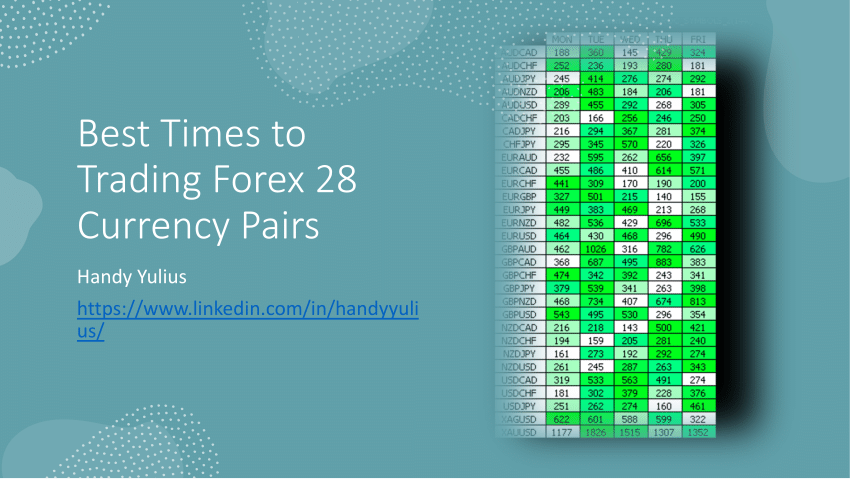
PNC's Virtual wallet is confusing for new users. You may be overwhelmed by the number of accounts and bonuses. Your state and tier determine which account is best for you. A regular checking account can be used to hold your daily spending money, or you can use linked accounts to reach your financial goals. Read on to learn more about each of the different tiers and account options. Each has its own benefits. Below are some key features that you should consider.
Interest rates
The interest rates for PNC's Virtual Wallet vary depending on your account balance. With a Performance Spend account, you can earn interest on balances over $2,000 Other rates depend on the number of linked checking accounts and whether you qualify for Relationship Rates. With a Premier Money MarketAccount, you can receive up to 0.5% APY in a virtual pocket. To learn more about the rates and other benefits, click on the button below.

Access to ATMs
PNC Virtual Wallet accounts provide the same features and benefits as traditional bank accounts. They include free access to PNC ATMs, tiered fee reimbursements for ATM use outside of network ATMs, and free access to PNC ATMs. Some account levels allow for reimbursements of up to $20 for ATM use that is not permitted by PNC. The PNC Virtual Wallet checking pro offers 0.40% Annual Percentage Yield (APY) on the Growth savings account.
Monthly maintenance fee
There are 4 types of PNC Virtual wallets. Each type has its own monthly maintenance fee. PNC Virtual Wallet w/ Performance Select, by example, can be tied to your Performance Select Bank Checking account. $25 is charged for each of these accounts. However, if you meet certain requirements, you can enjoy more than just the convenience of digital cash. For example, while you won't have to pay the $36 per-draw fee that most banks charge, you will need to pay fees on your wire transfers or checking account. PNC Bank fees also include a 3% foreign transaction charge and wire transfer fees.
Bonuses
PNC Virtual Wallet offers several welcome bonuses to new account holders of PNC Bank. The bonus amount can range from $50 to $400, depending on the state you live in. The amount of direct deposits that you make within 60 calendar days will determine how much money you are eligible to receive. The bonus is valid only if you open your account through a PNC ATM. This bonus cannot be redeemed more than twice in a two-year period.

All your money can be kept in one place
A virtual wallet allows for easy management of your finances. The PNC Virtual Wallet lets you create two different types of accounts. A primary checking account is used to pay for everyday spending and a secondary account for reserve funds. The software provides overdraft protection and long-term savings options for those who wish to save for a rainy day. The company waives monthly charges for users who reach certain ages or make significant direct deposit to their accounts.
FAQ
Can I put my 401k into an investment?
401Ks are great investment vehicles. But unfortunately, they're not available to everyone.
Most employers offer their employees one choice: either put their money into a traditional IRA or leave it in the company's plan.
This means you can only invest the amount your employer matches.
And if you take out early, you'll owe taxes and penalties.
Which investments should I make to grow my money?
It is important to know what you want to do with your money. You can't expect to make money if you don’t know what you want.
You should also be able to generate income from multiple sources. You can always find another source of income if one fails.
Money does not just appear by chance. It takes planning and hardwork. To reap the rewards of your hard work and planning, you need to plan ahead.
How do I know when I'm ready to retire.
First, think about when you'd like to retire.
Is there a specific age you'd like to reach?
Or would it be better to enjoy your life until it ends?
Once you've decided on a target date, you must figure out how much money you need to live comfortably.
Next, you will need to decide how much income you require to support yourself in retirement.
Finally, calculate how much time you have until you run out.
Statistics
- According to the Federal Reserve of St. Louis, only about half of millennials (those born from 1981-1996) are invested in the stock market. (schwab.com)
- 0.25% management fee $0 $500 Free career counseling plus loan discounts with a qualifying deposit Up to 1 year of free management with a qualifying deposit Get a $50 customer bonus when you fund your first taxable Investment Account (nerdwallet.com)
- An important note to remember is that a bond may only net you a 3% return on your money over multiple years. (ruleoneinvesting.com)
- If your stock drops 10% below its purchase price, you have the opportunity to sell that stock to someone else and still retain 90% of your risk capital. (investopedia.com)
External Links
How To
How to invest into commodities
Investing on commodities is buying physical assets, such as plantations, oil fields, and mines, and then later selling them at higher price. This is known as commodity trading.
Commodity investing is based on the theory that the price of a certain asset increases when demand for that asset increases. The price falls when the demand for a product drops.
When you expect the price to rise, you will want to buy it. And you want to sell something when you think the market will decrease.
There are three major categories of commodities investor: speculators; hedgers; and arbitrageurs.
A speculator purchases a commodity when he believes that the price will rise. He doesn't care if the price falls later. For example, someone might own gold bullion. Or, someone who invests into oil futures contracts.
An investor who buys commodities because he believes they will fall in price is a "hedger." Hedging can help you protect against unanticipated changes in your investment's price. If you own shares in a company that makes widgets, but the price of widgets drops, you might want to hedge your position by shorting (selling) some of those shares. By borrowing shares from other people, you can replace them by yours and hope the price falls enough to make up the difference. When the stock is already falling, shorting shares works well.
The third type of investor is an "arbitrager." Arbitragers trade one thing for another. If you are interested in purchasing coffee beans, there are two options. You could either buy direct from the farmers or buy futures. Futures allow you the flexibility to sell your coffee beans at a set price. The coffee beans are yours to use, but not to actually use them. You can choose to sell the beans later or keep them.
You can buy things right away and save money later. It's best to purchase something now if you are certain you will want it in the future.
But there are risks involved in any type of investing. There is a risk that commodity prices will fall unexpectedly. Another possibility is that your investment's worth could fall over time. Diversifying your portfolio can help reduce these risks.
Taxes are another factor you should consider. You must calculate how much tax you will owe on your profits if you intend to sell your investments.
Capital gains taxes should be considered if your investments are held for longer than one year. Capital gains taxes apply only to profits made after you've held an investment for more than 12 months.
You might get ordinary income instead of capital gain if your investment plans are not to be sustained for a long time. You pay ordinary income taxes on the earnings that you make each year.
In the first few year of investing in commodities, you will often lose money. You can still make a profit as your portfolio grows.